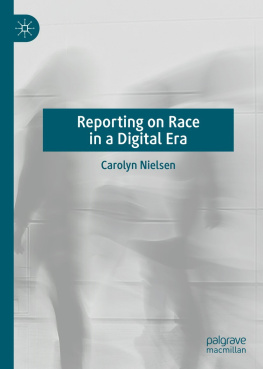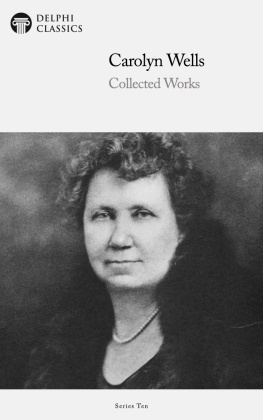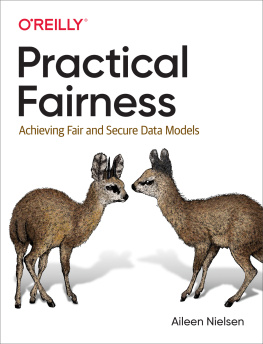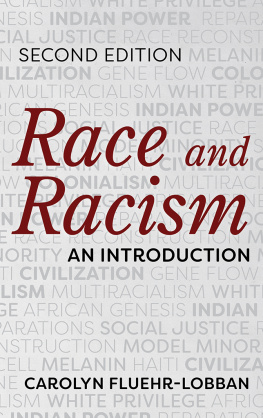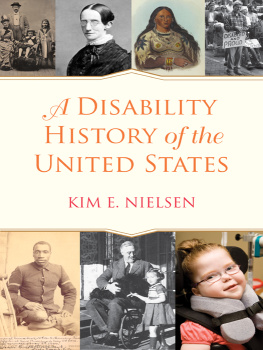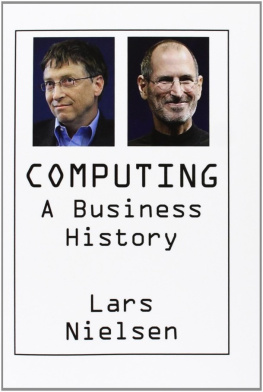Carolyn Nielsen - Reporting on Race in a Digital Era
Here you can read online Carolyn Nielsen - Reporting on Race in a Digital Era full text of the book (entire story) in english for free. Download pdf and epub, get meaning, cover and reviews about this ebook. year: 2020, publisher: Springer International Publishing, genre: Politics. Description of the work, (preface) as well as reviews are available. Best literature library LitArk.com created for fans of good reading and offers a wide selection of genres:
Romance novel
Science fiction
Adventure
Detective
Science
History
Home and family
Prose
Art
Politics
Computer
Non-fiction
Religion
Business
Children
Humor
Choose a favorite category and find really read worthwhile books. Enjoy immersion in the world of imagination, feel the emotions of the characters or learn something new for yourself, make an fascinating discovery.
- Book:Reporting on Race in a Digital Era
- Author:
- Publisher:Springer International Publishing
- Genre:
- Year:2020
- Rating:5 / 5
- Favourites:Add to favourites
- Your mark:
- 100
- 1
- 2
- 3
- 4
- 5
Reporting on Race in a Digital Era: summary, description and annotation
We offer to read an annotation, description, summary or preface (depends on what the author of the book "Reporting on Race in a Digital Era" wrote himself). If you haven't found the necessary information about the book — write in the comments, we will try to find it.
Reporting on Race in a Digital Era — read online for free the complete book (whole text) full work
Below is the text of the book, divided by pages. System saving the place of the last page read, allows you to conveniently read the book "Reporting on Race in a Digital Era" online for free, without having to search again every time where you left off. Put a bookmark, and you can go to the page where you finished reading at any time.
Font size:
Interval:
Bookmark:
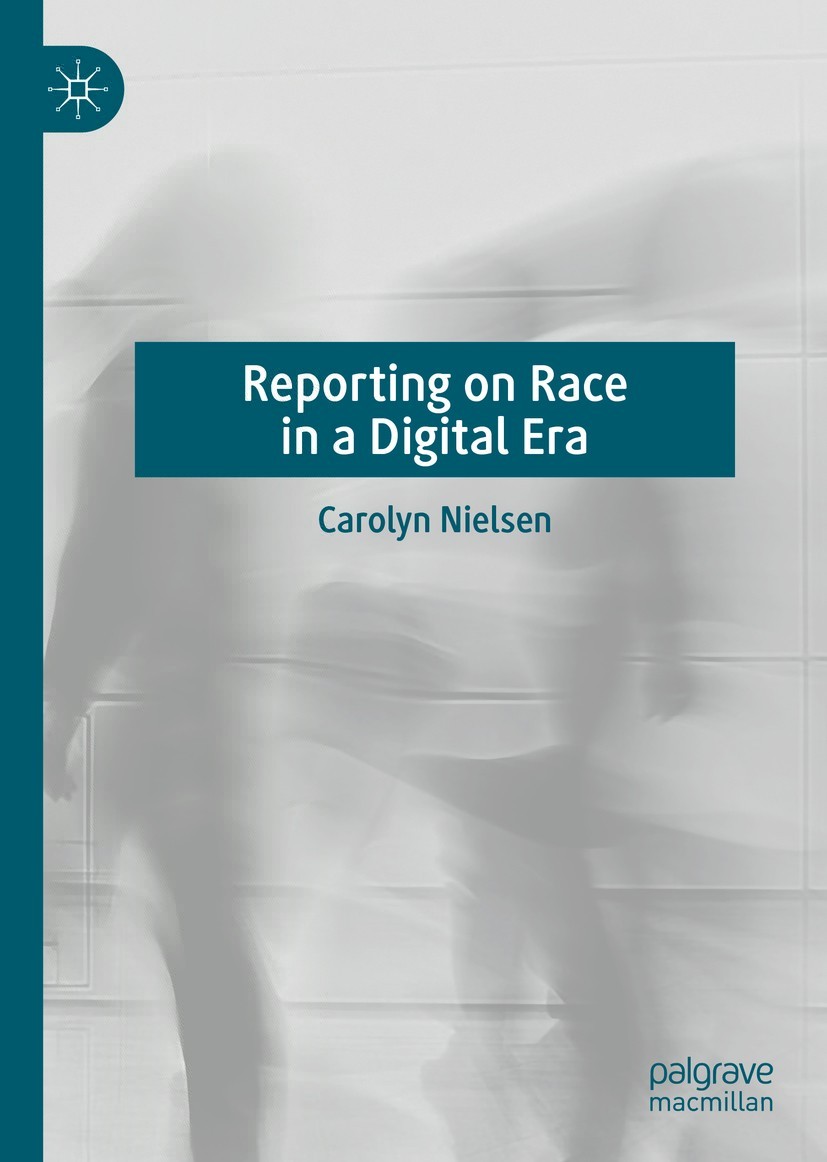

Cover illustration: eStudioCalamar
This Palgrave Macmillan imprint is published by the registered company Springer Nature Switzerland AG.
The registered company address is: Gewerbestrasse 11, 6330 Cham, Switzerland
For the late Herb Kamm, who taught a generation of students to love journalism;
For David Domke, the esteemed mentor whose voice was in my head as I wrote this book;
And for the journalists past, current, and future, who are part of a noble calling. #NotTheEnemy
One of my first journalism jobs was covering police and fire news for a regional daily newspaper in Southern California. The communities I covered were deeply segregated along racial and ethnic lines and also by immigration status. My editors dispatched me to the communities where black and brown folks lived only when there was a major crime like a shooting. Even as a rookie reporter, it was clear that covering these communities as though criminal behavior and tragedy were their identities was not good journalism. My editors wanted if it bleeds, it leads stories. My ideas for follow-up stories about the toll on the community, mistrust of police, or the lack of employment opportunities were usually rejected. I tried to spend my free time earning trust with grassroots leadersprofiling the new YMCA director, attending some school meetings to listen to parent concerns, and chatting with folks at the panadera about the job market. These stories never made the front page if they were printed at all.
My early reporting experiences stuck with me. They have informed the way I teach journalism, including the ways in which I address topics of diversity, privilege, intersectionality, and systemic oppression. These topics were never part of my formal journalism education.
That unease with my own experience was perhaps what had me fixated on news coverage and social media in the summer of 2014 when unarmed African American teen Michael Brown, Jr., was shot and killed by a white police officer in Ferguson, Missouri. Residents of Ferguson were leveraging social media to speak back. Folks on Twitter were contradicting CNN. People in the streets were livestreaming things the TV cameras were not. Reporters were retweeting audience eyewitness accounts. News outlets began to talk about racial profiling, discrimination, and how the news was inaccurately portraying protesters as dangerous. This sense that something might be shifting in journalism fueled my curiosity to engage in the research that has become this book.
Im indebted to the reporters who gave me their time and shared their expertise. It was a humbling honor to speak with them. Ive carried their words of wisdom into my journalism classrooms and know they will play a role in shaping future journalists. I wish this work represented greater diversity. I made serious attempts to include Latinx, Asian American, and Native American reporters, but they declined to be interviewed. I hope those viewpoints might enrich future research.
This book is meant to start important conversations at a time of transition in journalism, a field to which I am deeply committed. I see this book as a tool to spark questions more than to answer them. I hope othersjournalism students, professors, journalists, and people who care about good journalism as essential to democracyfind it thought provoking.
I am deeply grateful to the journalists who agreed to be interviewed for this book:The Washington Posts Wesley Lowery and Krissah Thompson,The New York Timess John Eligon, NPRs Code Switchs Gene Demby, ESPNs The Undefeateds Soraya McDonald, Mashables Colin Daileda, BuzzFeeds Darren Sands, and Evan McMorris-Santoro, formerly of BuzzFeed. Their authenticity, thoughtfulness, and experiences bring tremendous dimension to this book.
The research for this book began at the University of Washington, where it was mentored by Dr. David Domke, also a former journalist with a passion for exploring systems of inequality. It was also guided by Dr. Matthew Powers, who taught me new ways to think about institutions and how to conduct fieldwork, and by Dr. LeiLani Nishime, who fostered my passion for critical-cultural scholarship. This work was made possible by the scholars who produced the foundational work I sought to weave together and build upon: the scholars at Race Forward, whose work on systemic awareness is a key component of this book; Stephen Reese and Pamela Shoemaker, whose Hierarchy of Influences Model has carried into a digital era in journalism; and Eduardo Bonilla-Silva, whose book,Racism Without Racists: Color-Blind Racism and the Persistence of Racial Inequality in the United Statesplanted seeds of understanding long before I considered writing my own book.
I would never have embarked on this journey without many nudges from my dear friend and colleague Dr. Sheila Webb. Finally, a special thank you to Claus, Maren, and Carter who put up with me, believed in me, and urged me forward.
Fredrick Harris, Will Ferguson Be a Moment or a Movement?, The Washington Post, August 22, 2014, https://www.washingtonpost.com/opinions/will-ferguson-be-a-moment-or-a-movement/2014/08/22/071d4a94-28a8-11e4-8593-da634b334390_story.html?utm_term=.495e98a90121 .
Font size:
Interval:
Bookmark:
Similar books «Reporting on Race in a Digital Era»
Look at similar books to Reporting on Race in a Digital Era. We have selected literature similar in name and meaning in the hope of providing readers with more options to find new, interesting, not yet read works.
Discussion, reviews of the book Reporting on Race in a Digital Era and just readers' own opinions. Leave your comments, write what you think about the work, its meaning or the main characters. Specify what exactly you liked and what you didn't like, and why you think so.

